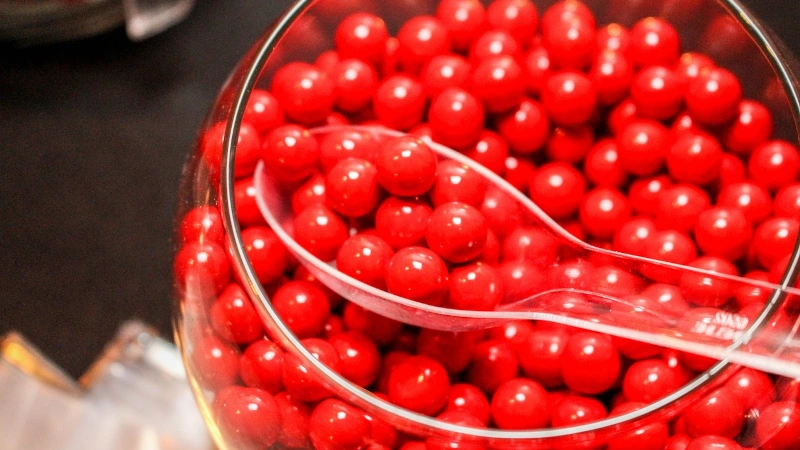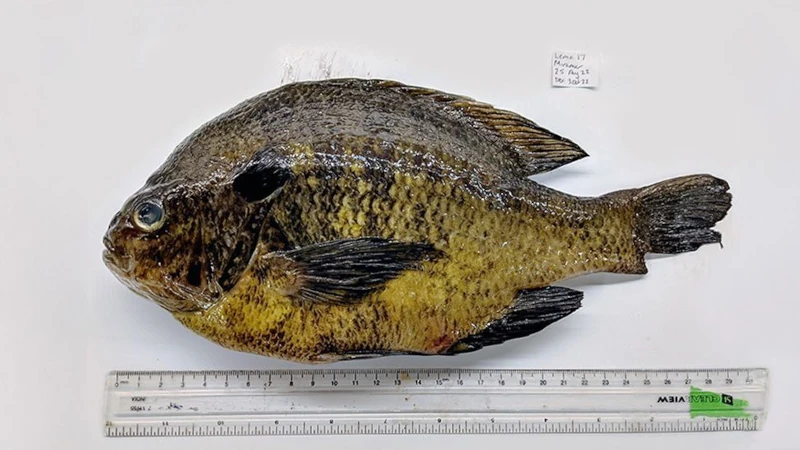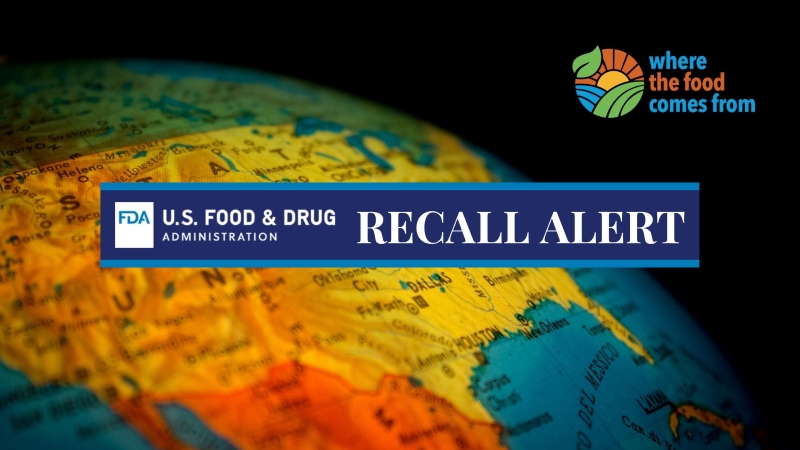In a landmark decision to protect public health, the U.S. Food and Drug Administration (FDA) has announced it will revoke the authorization for the use of FD&C Red No. 3, also known as Red Dye No. 3, in food and ingestible products. This move, prompted by a 2022 petition from advocacy groups, marks a major step in reducing the exposure of harmful chemicals in the American food supply.
The FDA’s decision to ban Red Dye No. 3 in food is a critical victory for public health, driven by years of advocacy and growing scientific evidence. While this is an important step in the right direction, consumer advocates urge that further action be taken to ensure that all food products are free from unnecessary and harmful chemicals. As the U.S. government continues to prioritize the health of its citizens, the hope is that this decision will inspire more comprehensive action in the fight to make the food supply safer for everyone, especially vulnerable children.
The Delaney Clause and the FDA’s Decision
The FDA’s decision is based on the Delaney Clause of the Federal Food, Drug, and Cosmetic Act (FD&C Act), which prohibits the approval of food additives and colorants that have been found to cause cancer in humans or animals. Red Dye No. 3, a synthetic colorant used primarily in candies, baked goods, cereals, and some medications, has been shown to cause cancer in laboratory animals, particularly in male rats, where high doses triggered cancer through a hormonal mechanism specific to the species. Importantly, this cancer-causing effect does not occur in humans, and typical human exposure is far below levels that would lead to such results.
However, the presence of the Delaney Clause in the FD&C Act means that any color additive found to cause cancer in animals cannot be approved for use, even if its effects are not directly relevant to humans. This legal framework has led to the FDA’s decision to revoke the approval of Red Dye No. 3 in food and ingested drugs, effective January 2027 for food products and January 2028 for medications.
Long-Standing Health Concerns
Red Dye No. 3 has been a source of concern for public health advocates for decades. Although studies show that it does not present a significant risk to human health under normal usage conditions, the dye has been linked to a range of health problems, particularly in children. Research conducted by California’s Office of Environmental Health Hazard Assessment in 2021 found that synthetic dyes like Red 3 could contribute to behavioral problems in children, including attention deficits and memory issues. These findings have contributed to mounting pressure from organizations like the Center for Science in the Public Interest (CSPI), the Environmental Working Group (EWG), and the Center for Food Safety, who have been calling for its removal from food products for years.
Additionally, Red Dye No. 3 was banned from use in cosmetics in 1990 due to cancer concerns, but its continued use in food products has raised questions about regulatory consistency and the safety of chemicals in everyday consumer products.

Advocacy and the Role of Public Health Champions
Advocates have long pushed for the removal of Red Dye No. 3 from food, citing its potential health risks, particularly to vulnerable populations such as children. CSPI co-founder Michael Jacobson, who has campaigned against harmful food additives for decades, was among the leading voices advocating for the ban. According to EWG President Ken Cook, this victory is the result of years of tireless advocacy by public health champions who fought to ensure that consumer safety is prioritized over the interests of the food industry.
Vani Hari, a prominent food activist, has also been vocal in calling out the continued use of Red Dye No. 3 in foods, especially given that it was banned in cosmetics over 30 years ago. Hari argued that conflicts of interest within the FDA delayed the removal of this toxic chemical from food products, putting millions of children at risk in the meantime.
The Path Forward: State-Level Action and Continued Advocacy
While the FDA’s move to ban Red Dye No. 3 is a significant step, it is not the first time such a measure has been taken in response to growing concerns about food chemicals. In 2018, the FDA revoked the authorization for certain synthetic flavoring agents based on similar cancer concerns. Additionally, the state of California has already enacted its own law, the California Food Safety Act, which bans the use of Red Dye No. 3, along with three other harmful chemicals, starting in 2027. This marks the first state-level effort to tackle toxic food additives comprehensively.
Consumer advocates are hopeful that the FDA’s decision to ban Red Dye No. 3 will pave the way for further action on other potentially harmful substances in food. The EWG and other advocacy groups have called on the FDA to take similar steps to protect the public from other toxic additives still permitted in the food supply.
What This Means for Consumers
For consumers concerned about the health risks associated with Red Dye No. 3, the FDA’s decision offers a sense of relief. The EWG’s Food Scores database, which tracks the use of additives in over 80,000 food products, lists more than 2,000 foods containing Red Dye No. 3. With this new regulation, manufacturers will be required to reformulate their products to eliminate the dye, which should lead to a reduction in consumer exposure to this harmful substance.
While Red Dye No. 3 will no longer be allowed in food products in the U.S. by 2027, it is still permitted in some other countries, where it is known as erythrosine. This discrepancy highlights the global challenges in regulating food chemicals and additives, with the U.S. leading the charge in taking action to protect public health.



